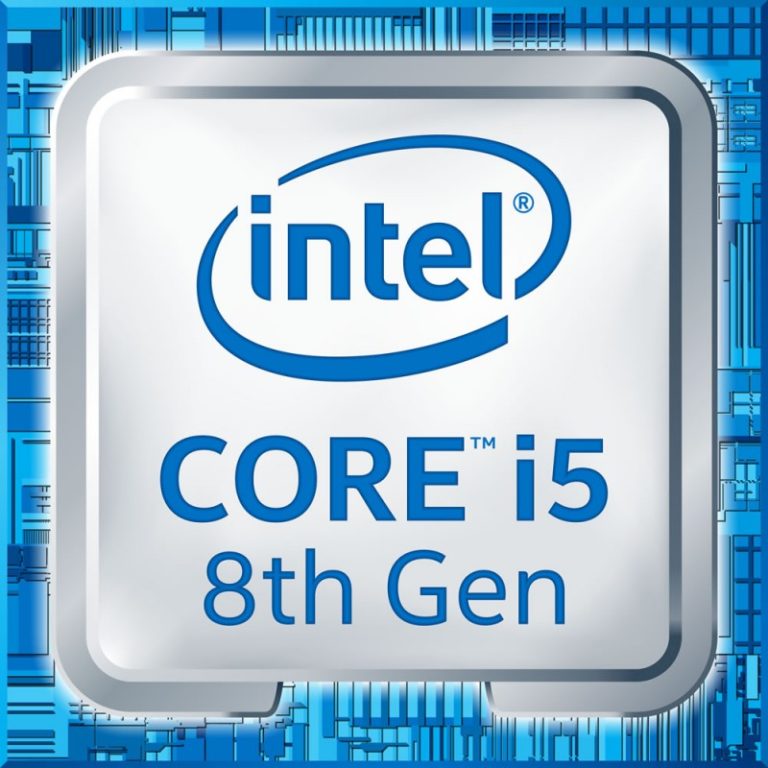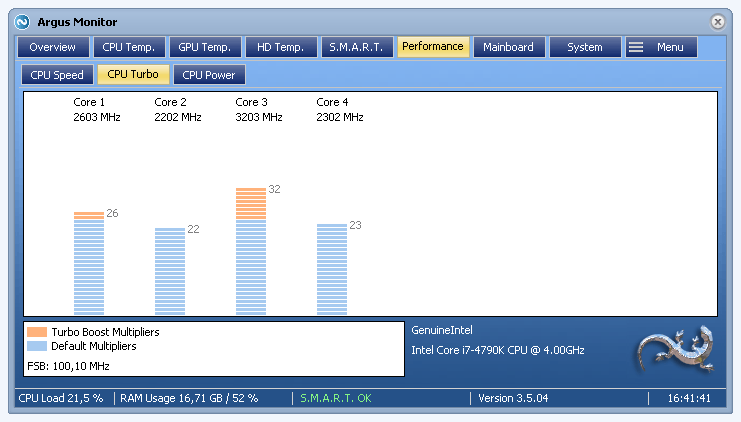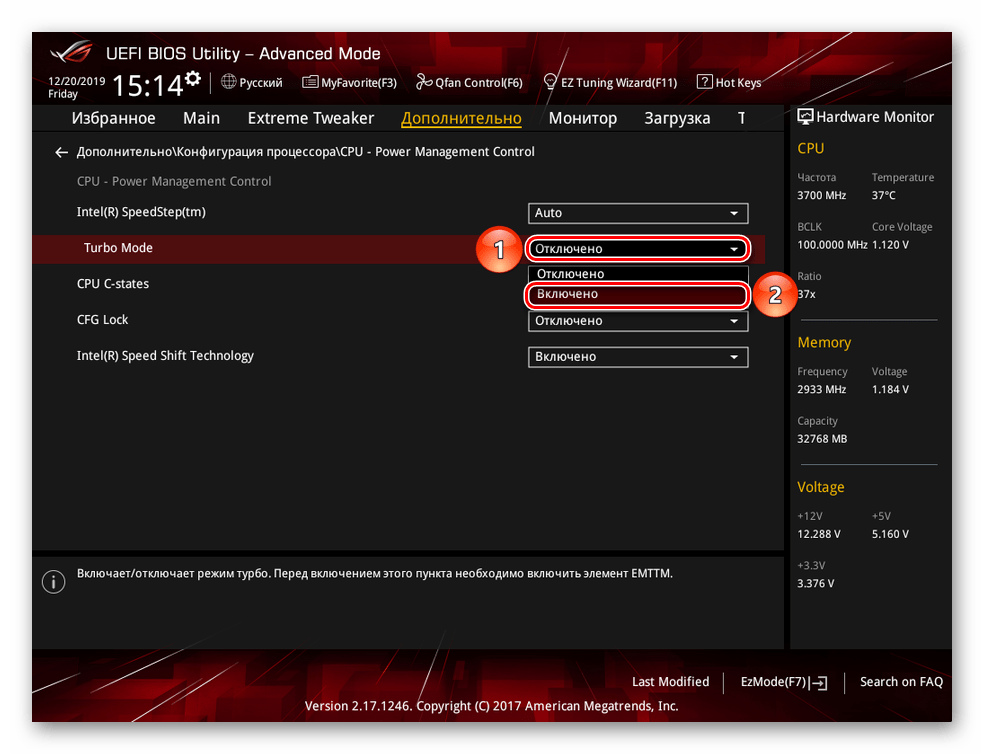
Ideally you would want to keep your CPU’s temperatures below 80☌ during the entire overclocking process. Remember that you should monitor your CPU’s temperatures at all times. You can choose more runs just to be on the safe side.Īfter completing the benchmark, you will get a pretty good idea of how well your CPU cooler performs.

Normally one run is sufficient to determine your system’s stability at stock.

Make sure the Benchmark option is selected in ROG Realbench. Once you have installed the programs, proceed to open them. CPU-Z for verifying CPU frequency and Vcore.You will need the following three programs for this guide. It is highly recommended to run a quick preliminary test to assess your system’s stability at stock and your CPU cooler’s ability to cool your CPU before embarking on your overclocking journey. If your liquid cooler uses a custom backplate like the EKWB Predator 360, it is easier to install it outside your case. Take special care not to overtighten the screws as this may cause irreparable damage to the CPU block while also warping the motherboard. If you’re water-cooling your CPU, tighten the mounting screws with your hands in a crisscross pattern until the CPU block is firmly attached to the CPU. The rice sized dot in the middle technique is usually the easiest to perform. While there are many techniques for applying thermal paste, the difference in degrees between each technique is so small it’s negligible. Lower the socket lid, hook it under screw and secure the tension arm. Then carefully place the bracket into the socket. Release the CPU socket tension arm and lift the socket lid. Place the CPU bottom side up and slide it into the exclusive ASUS CPU Installation Tool until it clicks into place. If you want to push your CPU as far as it can go, then water-cooling is the way to go whether you choose to build your own custom setup or get a closed loop AIO like EKWB’s new EK-XLC Predator 360 used in this guide. Invest in a high end CPU cooler to get the best results as lower temperatures means more headroom to do your overclocking. The second factor to take into consideration is your cooling solution. And some will achieve 4.6GHz while others can’t. So it is normal that some samples will overclock better than others. Each CPU is unique and requires a different voltage for a certain frequency. First and foremost, the quality of your CPU will be the main factor in play here. Chino who is a hardware guru from Mexico, shared with us on how to to overclock the Core i7-6700K on the ROG Maximus VIII Extreme.īefore you go jumping into overclocking your CPU, there are two important factors that will determine if your CPU is capable of reaching 4.6GHz.

If you are the lucky owner of a new Z170 motherboard this guide is for you.


 0 kommentar(er)
0 kommentar(er)
